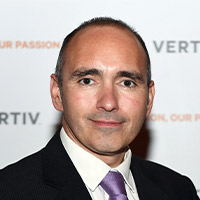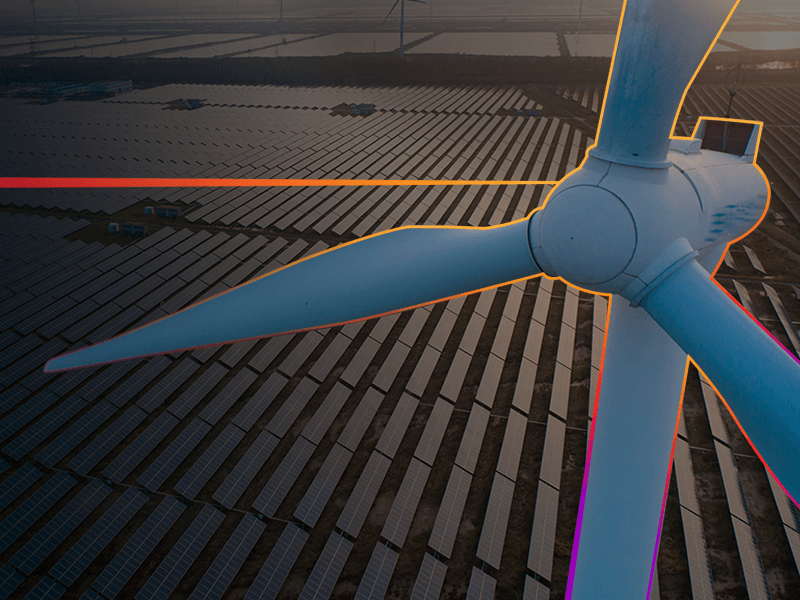As the first 5G networks are deployed around the world, with higher bandwidth and faster speeds, applications such as high-definition video, ultra-low latency gaming or advanced telemedicine are enabled. As operators roll out their 5G networks, availability and security become paramount, but managing the inevitable increase in power consumption is a looming challenge.
Since Telefónica began offering 5G network in Spain in September 2020, demand has multiplied. We are not only talking about users who are interested in its benefits, but also about sectors such as industry 4.0 or the medical universe, just to name two sectors that are absolutely in love with 5G technology. Every day there are more success stories, and we can already see numerous applications such as the use of 5G drones for track inspection by ADIF, surgical interventions with real-time assistance by Quirón Salud or the transformation of production processes and digital transformation with AR and VR techniques carried out by Navantia (a Spanish public company leader in the design and construction of military ships and high-tech civilian ships).
The Power of 5G
The good news is that 5G is widely acknowledged to be more efficient than 3G or 4G when it comes to the energy required to transmit data. According to a new research from STL Partners, conducted with Vertiv, 5G networks can be up to 90% more efficient per unit of traffic than their 4G predecessors. Still, the sustainability journey is now being pursued on two fronts for telecom network operators: achieving efficiency by generating the smallest possible carbon footprint and leveraging waste reduction strategies to move towards a true circular economy. Herein lies the dilemma for operators: achieving their goal of energy savings while developing the necessary network resiliency required for 5G. Enabling so many new 5G applications is going to lead to a growth in energy demand. Therefore, the key to elucidate in the coming years is whether this increase in energy consumption will be offset by the optimization of efficiency that it will bring because of the applications enabled by 5G. This will be a cost-benefit exercise: with 5G there is more energy cost, but on the other hand it will lead to savings by optimizing technology. The big question is whether those benefits will outweigh the cost or the other way around.
Part of the answer lies in the flexibility with which systems can be scaled and monitored for performance. Clearly, there is an interest in making 5G technology as energy efficient as possible. But surely now is the time to ask how operators can best leverage their digital infrastructure to improve energy efficiency and achieve their sustainability goals.
The solution lies in re-evaluating the existing infrastructure to ensure that it can support the rapidly evolving high-density computing environment. Optimizing existing infrastructure for maximum reliability and efficiency, while ensuring flexibility and adaptability to future needs is key.
Constant availability and maximum energy efficiency are no longer ideal for telecommunications operators and communications network owners, they are prerequisites. For that reason, operators are constantly evaluating the wide range of uninterrupted power supply systems, studying the most innovative and reliable solutions, and making sure that the monitoring, control, distribution, and power supply systems are the most suitable.
5G’s Sustainability Goals
Optimizing the 5G network and mission-critical facilities is paramount for the telecommunications industry, and an ongoing investment with great opportunities for growth and renewal. Operators are increasingly demanding the best in precision cooling and have a relentless need for the most advanced equipment and controls in the industry, with low operating costs. Covid-19, the explosion of digitization and mobile telephones have created an extraordinary combination where networks are going to experience more data density and traffic, and an unprecedented increase in energy consumption. Given this scenario, operators need to improve energy efficiency to reach their sustainability goals. The safest and most reliable way must be constantly re-evaluating the existing infrastructure to make sure it can support the computing environment while being frugal in its energy use, because this is the path to sustainability for 5G networks.






